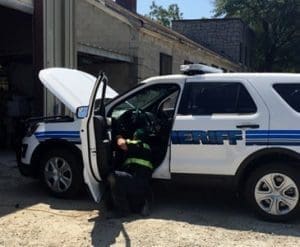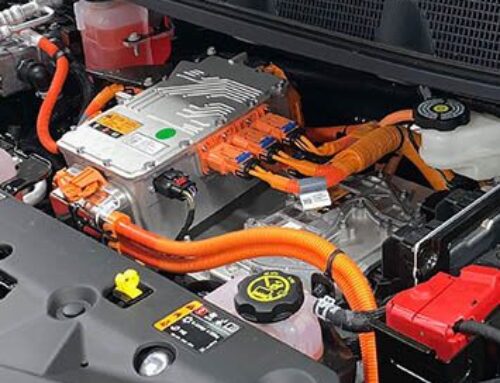“Extras,” “spares,” and “subs,” are all names for reserve vehicles kept in a motor pool for emergency use. If there were a basic, reliable formula for vehicle reserves in a fleet, it‘d be ideal. While there is no such formula, we’ve provided a few guidelines below to help you determine fleet reserves.
Assess Options
While the following may carry different weight for your particular operation, but both are worth considering.
- Coverage Area
How are your front-line units deployed? Is geography or jurisdiction a factor? If a government fleet handles an entire county or metropolitan region, reserve units can be a reliable means of optimizing coverage. In this case, a central pool of reserve units may not be capable of operating within acceptable time or distance. - Usage
How is your front-line fleet utilized? The more use, the more need for a reserve fleet. For example, fire stations use “runs” as a metric instead of miles traversed. Many urban police cruisers tend to have low mileage but high idle times, worsening conditions over time. This is why Ford has hour gauges in patrol cars so vehicle usage can be better gauged.
Manage Usage
 First responders, especially law enforcement, often prefer assigned vehicles. This can greatly affect daily usage from vehicle to vehicle. In fact, some police agencies prefer to lock in vehicle assignments, especially for personnel at sergeant-level and higher. Other times, one vehicle may be used for three shifts, meaning round-the-clock operation. Front–line vehicle usage must be managed for equal usage & no great wear imbalance.
First responders, especially law enforcement, often prefer assigned vehicles. This can greatly affect daily usage from vehicle to vehicle. In fact, some police agencies prefer to lock in vehicle assignments, especially for personnel at sergeant-level and higher. Other times, one vehicle may be used for three shifts, meaning round-the-clock operation. Front–line vehicle usage must be managed for equal usage & no great wear imbalance.
The front-line fleet is constantly used, reserve fleet is needed more often, especially if accident. Police, fire and rescue services all use a dependable plan for governing fleet reserves. Government fleets tend to require many reserve units as front-line back-ups so there is no delay in how quickly a reserve vehicle can be put to use.
Reserve Age and Condition
A reserve fleet in poor condition calls for extra units. Fleet managers will prioritize the healthiest units once they leave the front line. Determining how many reserves to deploy depends on how the units were handled on the front-line.
This is an important factor in assessing the size of a reserve fleet. Constantly resorting to reserves means that your front-line is not being replaced, possibly because budgeting is focused on acquiring new units. Reserve units also go beyond the role of back-up, such as special events, gatherings or are dedicated for use in only overtime operations.
Trade Recommendations
Your industry is also a factor to consider. For example, the National Fire Protection Association (NFPA) suggests that every fire department have one reserve engine for every eight engines. That being said, this is only a recommendation, the fleet manager and the chief are the final arbiters on resource size and allocation. Despite this recommendation, it is a useful standard when dealing with politicians and the public.
The 10% Rule
While it may not work for all fleet types, it may be best to set one reserve unit aside for every 10 front-line units. As to whether your particular fleet needs more or less is up to the fleet manager. While a service chief may decide how many reserves and extras the department needs, the fleet manager should discuss these policy decisions.
In conclusion, there is no single unifying approach to managing vehicle reserves in fleet management. Apply the above considerations in your assessment and you may reach a reasonable calculation for reserve units that are within your budget.





